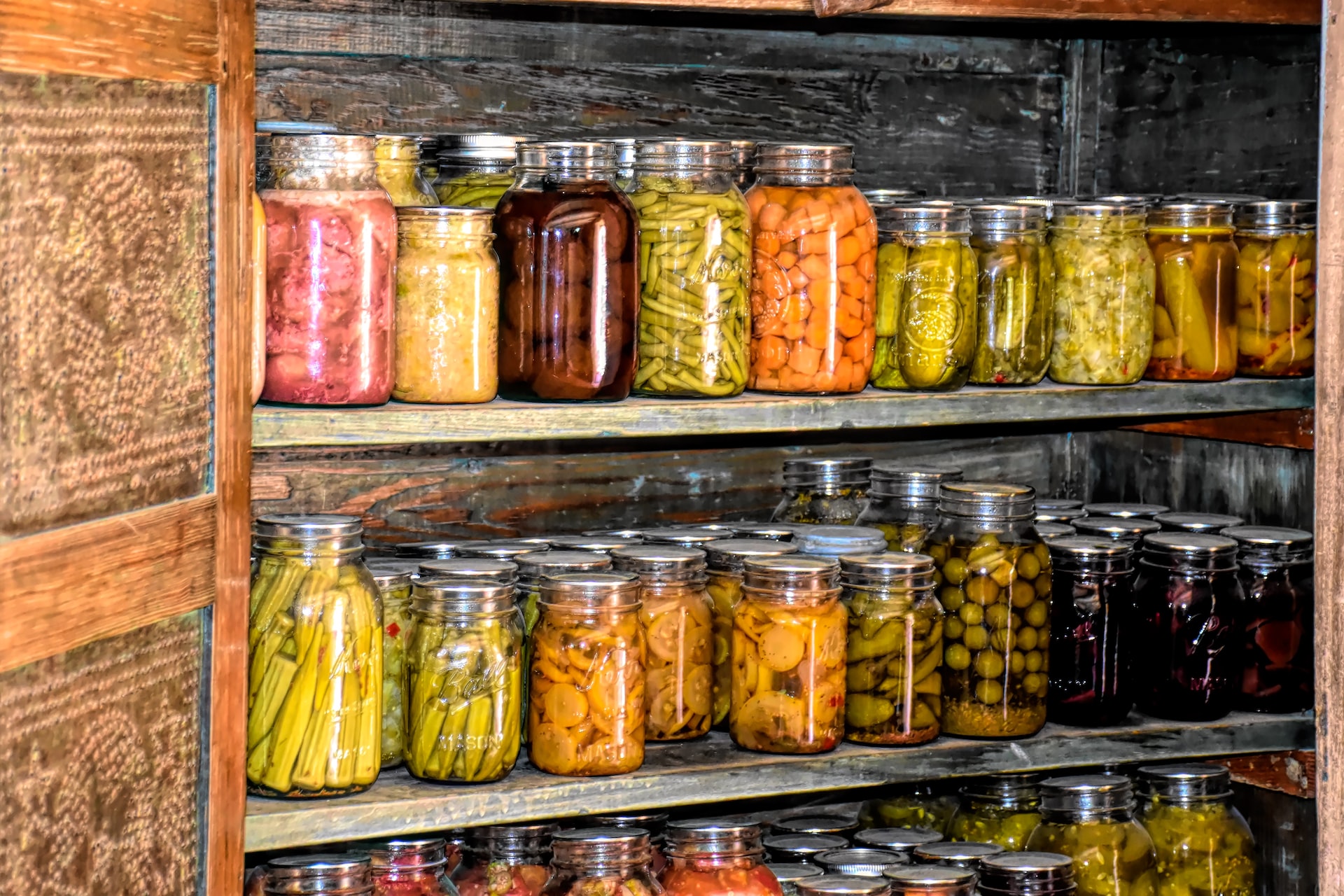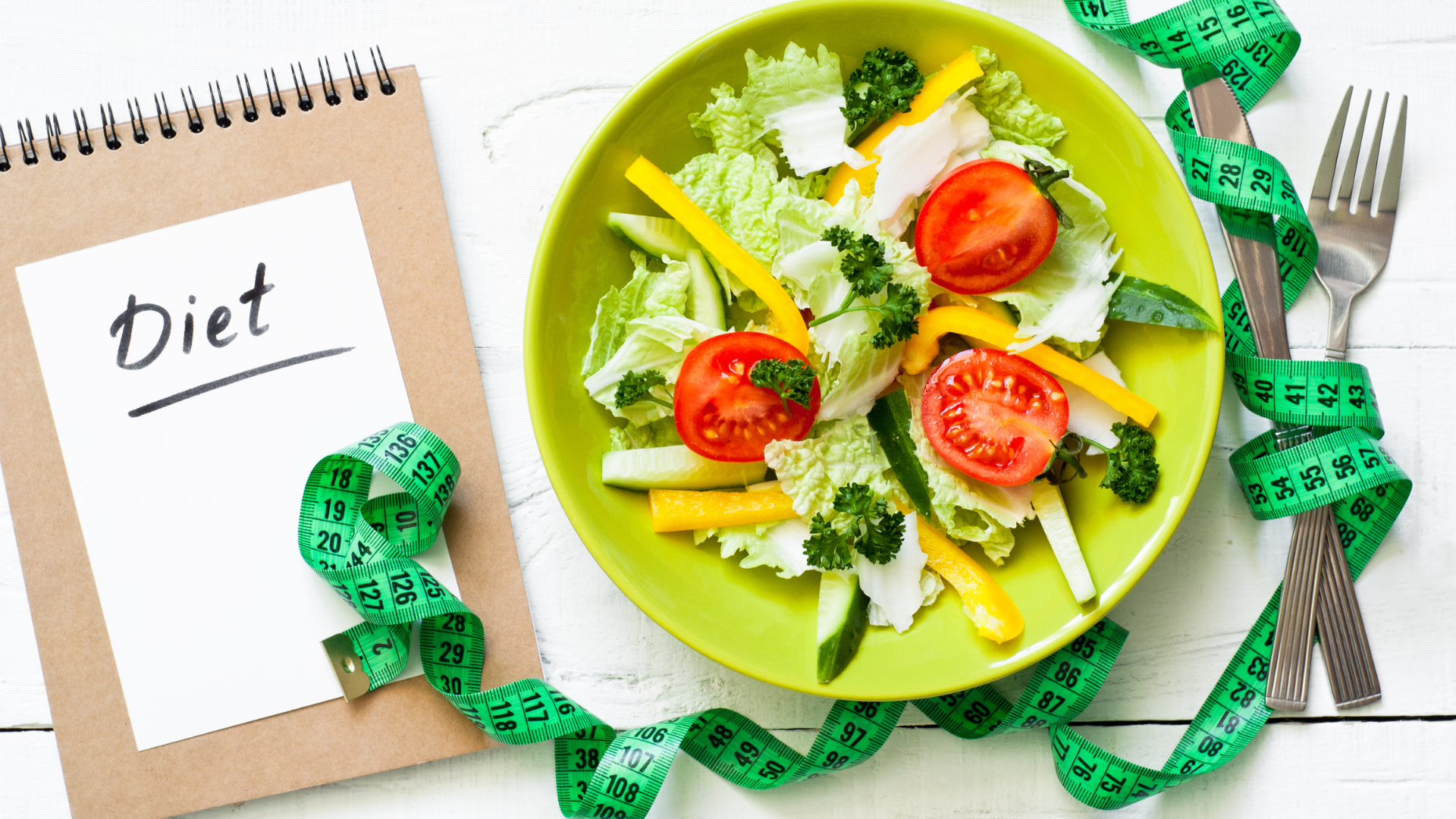You have heard me talk time and time again about eating a whole food, unprocessed, plant-based diet. But how do you avoid preservatives? They are literally everywhere. If you read just about any food label, you are bound to find at least one food preservative. Let’s take a closer look and answer some common questions people have about food preservatives.
What are they?
Do you need to be concerned about them?
Are they harmful?
Are there any good food preservatives?
How do I avoid the bad food preservatives?
Why do we preserve food? And how?
Simply put, we preserve food because we want it to last longer. We don’t want it to spoil, and we don’t want things like pesky bacteria and mold to grow.
Good news is that there are more natural, unprocessed ways to preserve food, such as:
- Salt
- Sugar
- Acids such as vinegar or lemon juice
- Freezing
- Dehydrating
- Fermentation
- Canning
Freezing helps to preserve foods for longer periods of time and works well for most things. However, vegetables with a lot of water in them, like celery or lettuce, are the exception because they become really soggy when they thaw.
Dehydrating foods uses low, dry heat in an oven or air-fryer to remove moisture from foods, and makes it difficult for bacteria and mold to grow.
Fermentation is another way to preserve food. Fermentation uses microorganisms such as bacteria and yeast. The process may be helped along by adding vinegar or removing air.
Canning involves packing foods in jars or cans and subjecting them to high heat. This process destroys bacteria and other microorganisms as well as any harmful enzymes they may produce.
Preservatives vs Additives
Now that you know the natural ways to preserve foods, let’s look at the not-so natural ones. Foods that tend to have the not-so-good preservatives and additives are those that are packaged and processed (this can includes manufactured vegan foods too). Crackers, cereals, ready-to-eat meals and snacks, certain meats, deli meats, sauces, salad dressings, etc contain preservatives. Food manufactures want to prolong the shelf life of foods so that they can make a profit. If they can sit on the store shelves or refrigerator section a little longer, that’s better for business.
So what is the difference between additives and preservatives? Are they the same?
Preservatives are added to food to decrease spoilage, prevent bacterial overgrowth, and prolong shelf life. Additives are chemicals that are included to enhance the way the food looks, tastes, or feels. Additives are added to food to either make it more visually appealing, or to change the texture, so that you are more likely to buy it. They do not preserve food or lengthen the shelf life.
So, all preservatives are additives because they are added to the food. But not all additives are preservatives. Got it? Good.
What do you need to know?
In researching this topic, I came across some interesting information. Agencies such as the FDA and USDA are tasked with making sure the food we eat is generally safe to consume and not expose us to harmful agents. However, the FDA does allow food to contain something called GRAS, which stands for “generally recognized as safe”. This initially applied to things like vinegar, but overtime, the FDA pretty much kind of got overwhelmed. Things like budget cuts were affecting the time it took to approve new ingredients, new additives or new preservatives. As a result, they decided to allow the food companies to review their own ingredients and decide what’s safe.
At one point in time, it was estimated that out of 10,000 available ingredients and processed foods, the FDA had not reviewed the safety of about 3,000. That means 30% of those ingredients had not even been looked at by the FDA, leaving the food manufacturers to deem them as safe. Hopefully the FDA has been able to get a better handle on this, but until we know for sure, it it really important to have a basic understanding about the ingredients in your food.
Commonly-used Preservatives
Let’s look at some of the more commonly-used preservatives and additives in this country. Bottom line: when you read a food label, if you can’t pronounce it, you probably shouldn’t be eating it. The more processed a food is, the more removed it is from the whole food or the natural food source, and therefore, the more of those ingredients it’s likely to contain.
Keep in mind that when you read a food label, the ingredients are listed in descending order. That means that the first item is the main ingredient, and each item after that is in decreasing amounts. So if these chemicals are in the first, say, 234 ingredients (I jest, of course, but you get the point), you’re getting more of those than something that’s at the end of the list.
Sodium benzoate
Sodium benzoate was the first food preservative approved by the FDA and is used very widely in a variety of foods. It prevents the growth of bacteria, yeast, and mold. It is considered safe at very low doses (5mg/kg per day) and does not accumulate in the body. Sodium benzoate is found in acidic foods (those with a low pH), such as canned vegetables, jams, pickles, olives, and sauces. While it may be helpful for a variety of neurological disorders, high doses can be harmful and more research is needed.
Nitrates and Nitrites
Nitrates and nitrites are found in processed meats, such as sausages, hot dogs, and (gasp!) bacon.
Naturally-produced nitrates (such as in vegetables) and nitrites in and of themselves may not be harmful, but when these are exposed to stomach acid and other things, they can actually be converted to something called nitrosamines. This compound may be carcinogenic, which means it can increase the risk for developing cancer.
As a result, processed meat has been linked to an increase in cancer of the GI tract,such as the stomach, esophagus, and colon. This is because during the cooking process, those nitrates can be transformed into those harmful chemicals.
BHA and BHT
BHA and BHT are antioxidants that are added to help fatty foods from going rancid. In small doses, they are probably okay. They are found in margarine and other butter replacement spreads. However, they are considered to be possibly highly carcinogenic to humans, so in large enough doses, the concern is can they increase the risk for cancer.
Sulfites
Sulfites are found in dried fruits, wine, and sausages.They can trigger allergy symptoms, including asthma attacks. As a result, asthmatics may notice that when they eat certain foods, they are more symptomatic. That could be caused by the sulfites.
Parting Thoughts
Lastly, keep in mind that there are additives in the plastic containers used for food storage. That is why it is not recommended to store or microwave your food in plastic containers. Plastic containers may contain BPAs, PFCs, PFAs, and phthalates, just to name a few. When microwaved, these harmful chemicals can leach into or be absorbed by your food. Use glass or ceramic containers instead.
In children, there has been concern that some food preservatives and additives can have behavioral effects, and for some children who have ADHD, they may worsen their symptoms. Keeping a food diary to track behaviorial changes after eating certain foods may help identify patterns and foods to avoid.
Hopefully this information will help you make better food choices if and when you have to eat processed foods. Just be sure to read those food labels carefully. If you can incorporate more and more whole foods in your diet, the better off you will be.
But always remember: fresh fruits and vegetables have the best kind of labels: no reading required!
For the latest, follow me at:
- Instagram: @drmoniquemay and@physicianinthekitchen
- Facebook: Dr Monique May and Physician in the Kitchen
- Tiktok: @physicianinthekitchen
For more helpful tips and information, please join my Facebook group at www.facebook.com/groups/mealmasters today!
Photo by Ray Shrewsberry on Unsplash




